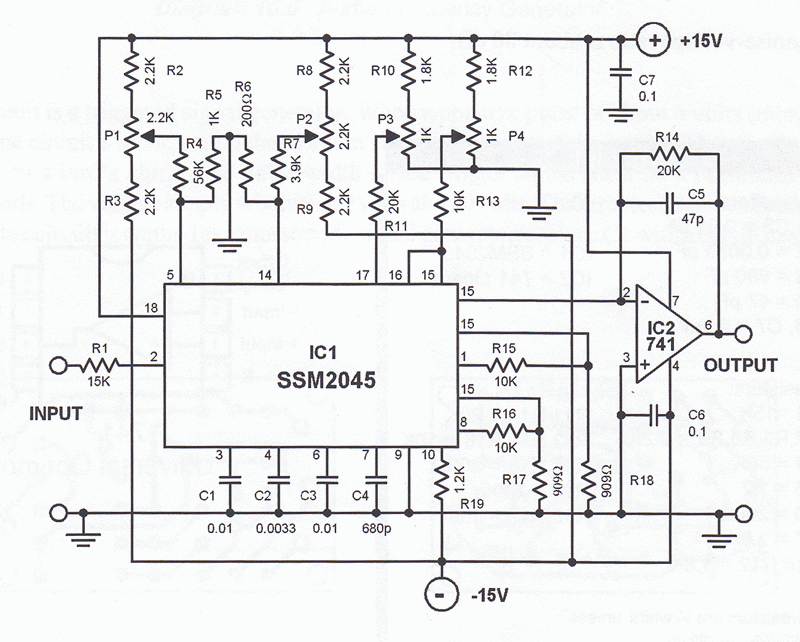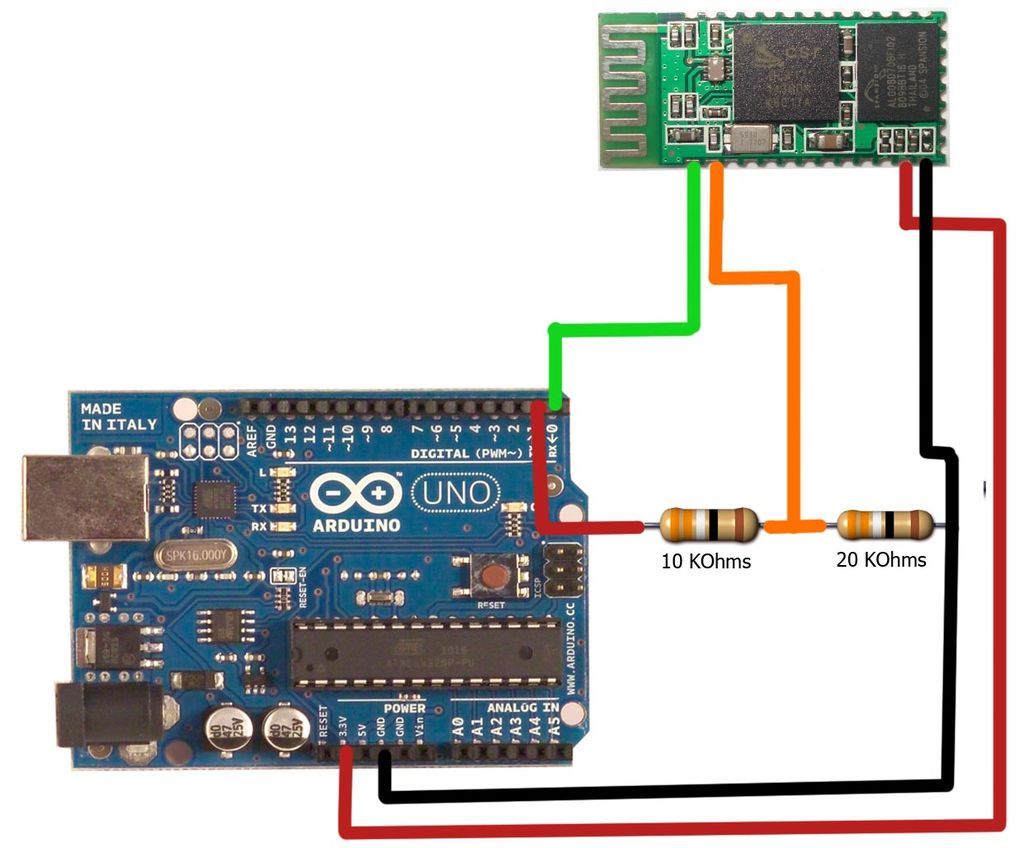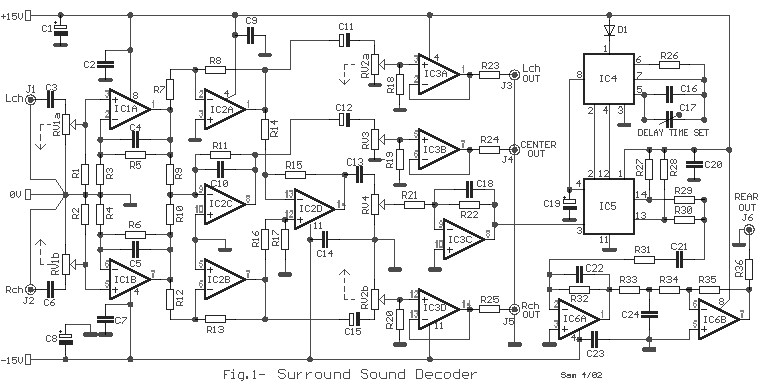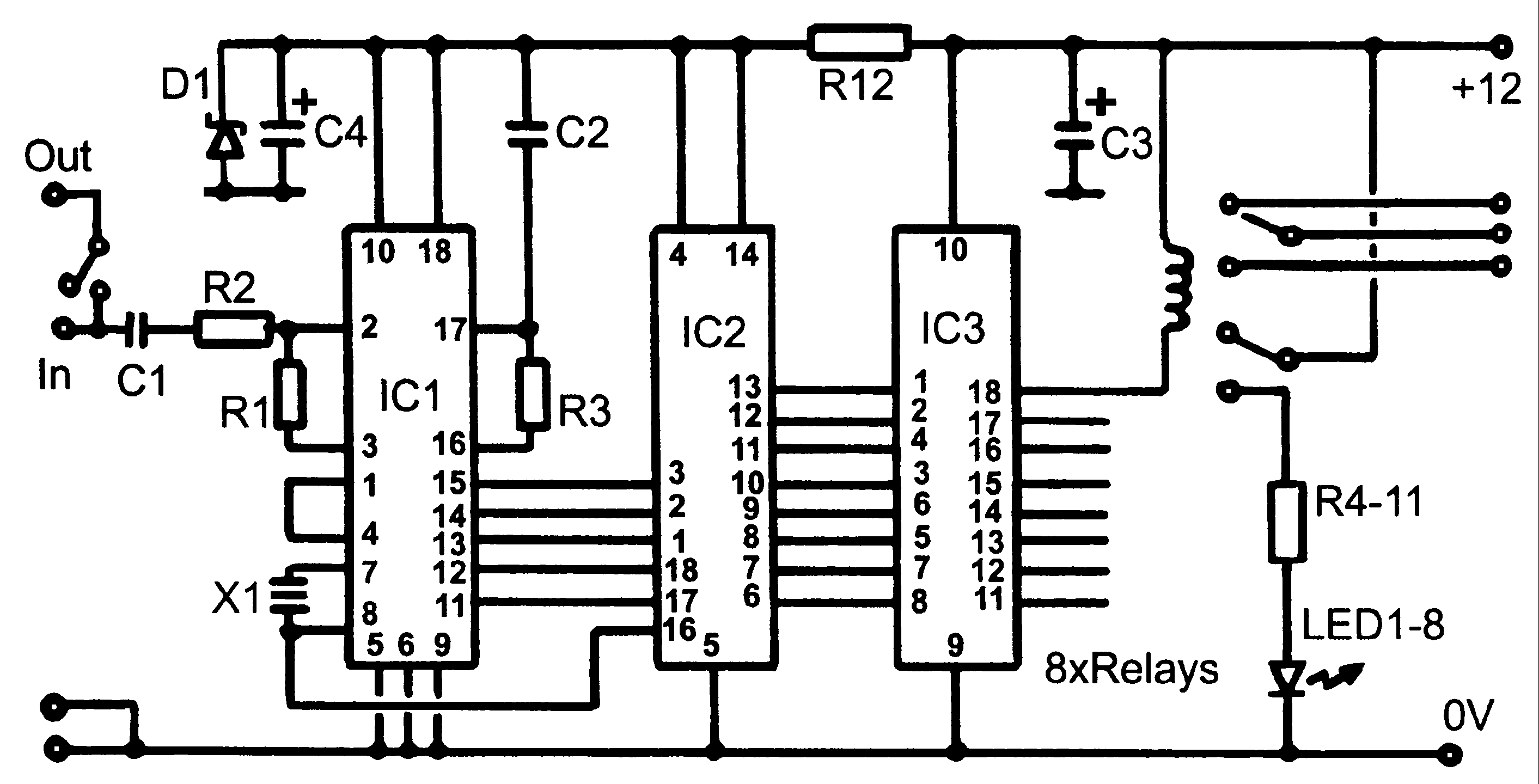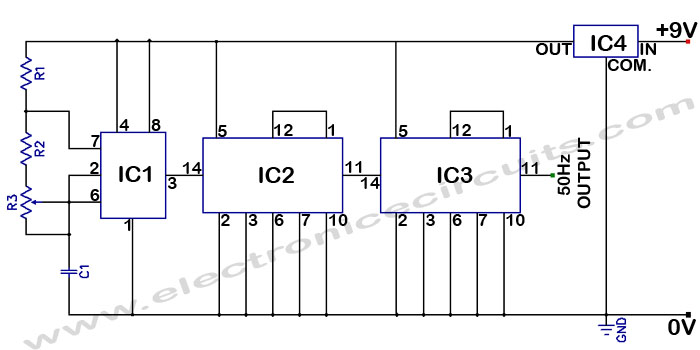
Design Caller ID using DTMF decoder MT8870
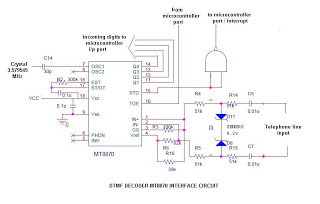
This is a straightforward circuit utilizing the DTMF decoder MT8870 (or CM8870). As illustrated in the circuit, an interrupt will be generated (if the NAND output is connected to the INT of the microcontroller) whenever a call is received or made. Subsequently, the program can be used to read the digits output from pins 11 to 14 of the MT8870. The circuit has been designed with additional features to differentiate between received calls, missed calls, dialed numbers, and includes a telephone directory.
The circuit operates by decoding Dual Tone Multi-Frequency (DTMF) signals, which are used in telephone dialing. The MT8870 is a highly integrated DTMF decoder that converts the audio frequency signals generated by the telephone keypad into a binary-coded decimal (BCD) output. The circuit typically includes a power supply circuit, the MT8870 chip, a NAND gate, and a microcontroller interface.
When a call is initiated or received, the DTMF signals generated by the telephone keypad or line are fed into the MT8870. The chip processes these signals and outputs the corresponding BCD values on its output pins (11 to 14). The NAND gate connected to the output serves as an interrupt signal generator, which alerts the microcontroller to read the output data.
In this design, additional functionality is implemented to categorize the call types. For instance, the microcontroller can be programmed to keep track of received calls, missed calls, and dialed numbers, thus maintaining a log of the user's telephone activity. Furthermore, a telephone directory can be integrated, allowing users to associate specific numbers with names for easier identification.
The circuit layout should ensure proper routing of signals and power supply lines to minimize noise and interference. Proper decoupling capacitors should be included near the power pins of the MT8870 to stabilize the voltage supply. Additionally, the microcontroller should be configured to handle the BCD outputs efficiently and provide user-friendly feedback, such as displaying the number or calling status on an LCD or LED array.
Overall, this circuit design provides a robust solution for decoding DTMF signals while enhancing user interaction through call management features.It`s very simple circuit using DTMF decoder MT8870 (or CM8870). As shown in the circuit, u`ll receive an interrupt ( if NAND output is connected to INT of the microcontroller) whenever u receive a call or make a call and then u can use yr program to read the digits coming out of pin 11 to 14 of the MT8870. I designed the circuit with additional features like seperating received calls, missed calls, dialled numbers along with telephone directory.
🔗 External reference
The circuit operates by decoding Dual Tone Multi-Frequency (DTMF) signals, which are used in telephone dialing. The MT8870 is a highly integrated DTMF decoder that converts the audio frequency signals generated by the telephone keypad into a binary-coded decimal (BCD) output. The circuit typically includes a power supply circuit, the MT8870 chip, a NAND gate, and a microcontroller interface.
When a call is initiated or received, the DTMF signals generated by the telephone keypad or line are fed into the MT8870. The chip processes these signals and outputs the corresponding BCD values on its output pins (11 to 14). The NAND gate connected to the output serves as an interrupt signal generator, which alerts the microcontroller to read the output data.
In this design, additional functionality is implemented to categorize the call types. For instance, the microcontroller can be programmed to keep track of received calls, missed calls, and dialed numbers, thus maintaining a log of the user's telephone activity. Furthermore, a telephone directory can be integrated, allowing users to associate specific numbers with names for easier identification.
The circuit layout should ensure proper routing of signals and power supply lines to minimize noise and interference. Proper decoupling capacitors should be included near the power pins of the MT8870 to stabilize the voltage supply. Additionally, the microcontroller should be configured to handle the BCD outputs efficiently and provide user-friendly feedback, such as displaying the number or calling status on an LCD or LED array.
Overall, this circuit design provides a robust solution for decoding DTMF signals while enhancing user interaction through call management features.It`s very simple circuit using DTMF decoder MT8870 (or CM8870). As shown in the circuit, u`ll receive an interrupt ( if NAND output is connected to INT of the microcontroller) whenever u receive a call or make a call and then u can use yr program to read the digits coming out of pin 11 to 14 of the MT8870. I designed the circuit with additional features like seperating received calls, missed calls, dialled numbers along with telephone directory.
🔗 External reference

